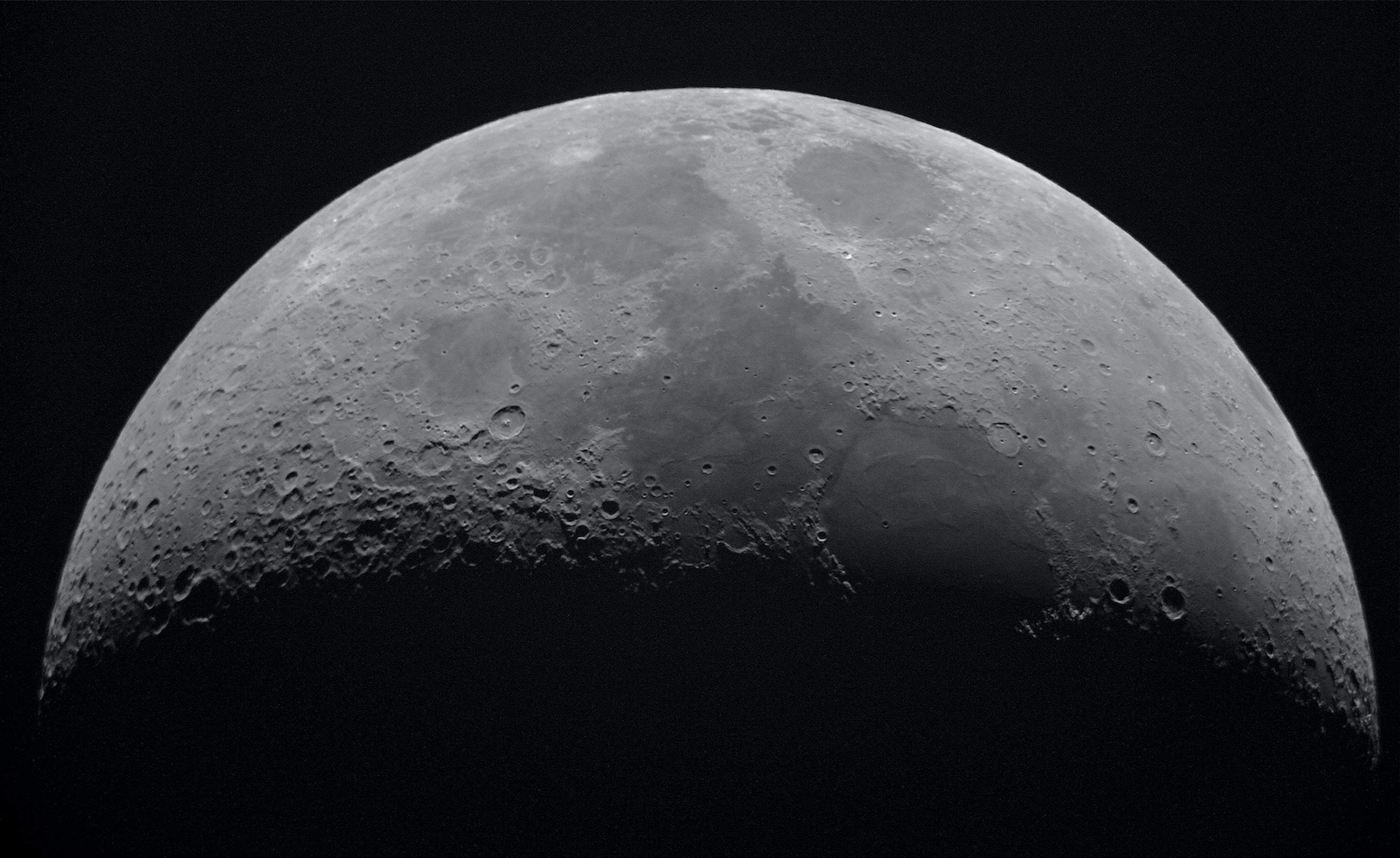
For thousands of years, humans have gazed up towards the night sky and pondered the mysteries of the moon. As our planet’s only natural satellite, the moon has long played an important role in culture and mythology.
Many of the oldest calendar systems were based upon the waxing and waning phases of the moon, and in fact our modern 30-day month remains an approximation of the lunar cycle.
In many ancient cultures around the globe, the moon was personified as a deity—a moon god or a moon goddess. This raises the question: within the scope of modern paganism, is the moon feminine or masculine?
The answer is not as straightforward as some pagans and spiritualists would have you believe.
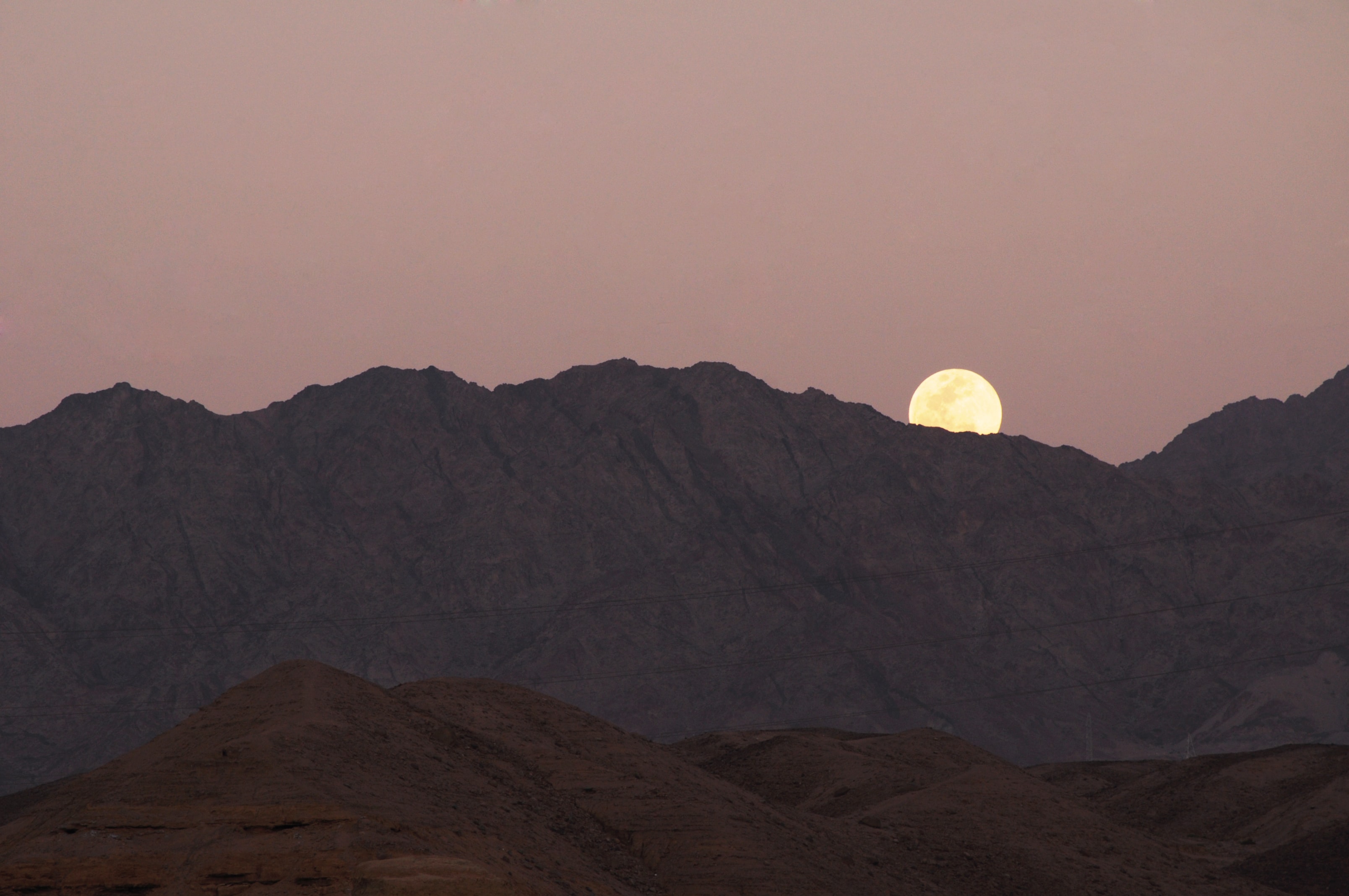
Ask a Wiccan or Hellenic polytheist, and they will likely tell you about the nurturing, gentle, beautiful Moon Mother. Consider the associations between the moon and the menstrual cycle, or the symbolism of the full moon as a round pregnant belly.
Ask a Norse Heathen or Kemetic, and they will describe a very different deity altogether: the wise, strong, protective god of the moon, guardian of the night sky.
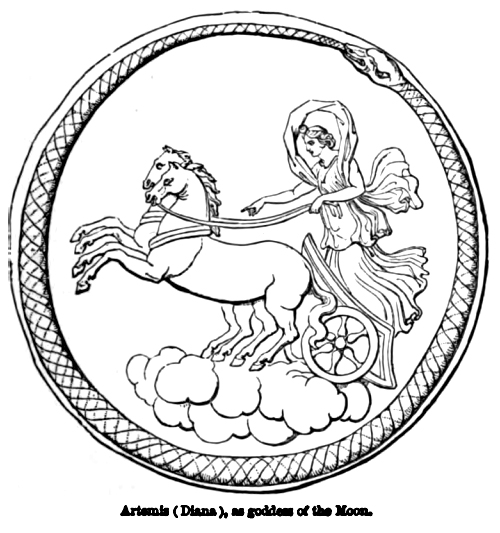
Below, learn the names and mythologies of some of the moon gods and moon goddesses from various cultures. After reading, decide for yourself whether the moon is feminine or masculine.
The Masculine Moon: Moon Gods
Mēnōt: In the original Proto-Indo European religion, scholars believe the moon was personified as the male god Mēnōt and the sun was personified as the female goddess Sehul. (Note that knowledge of PIE religion and mythology is not directly attested in any sources; rather, it has been reconstructed based on similarities found in surviving cultures).
Máni: The personification of the moon in Norse mythology, as attested in the Poetic Edda and Prose Edda. According to mythology, Máni is the brother of the sun goddess Sól, and will be destroyed at Ragnarök.

Jutrobog: His name means “Morning Giver,” and he is the West Slavic god of the moon and the moonlight at daybreak. Jutrobog is viewed as the dispenser of health and abundance.
Khonsu: The ancient Egyptian god of the moon, whose name means “traveler.” This may be in reference to the moon’s journey across the night sky. He provided light in the darkness, protecting travelers who traveled by night against wild animals and other dangers.
Thoth: Another Egyptian deity, Thoth was originally worshipped as a moon god. Over time, he acquired the associations of wisdom and magic, though the crescent moon remained one of his symbols.
Chandra: The God of the Moon and Lord of Night in Hinduism, Chandra is described as a handsome young man who drives a chariot pulled by horses or antelope. He is also known as Soma and Indu.
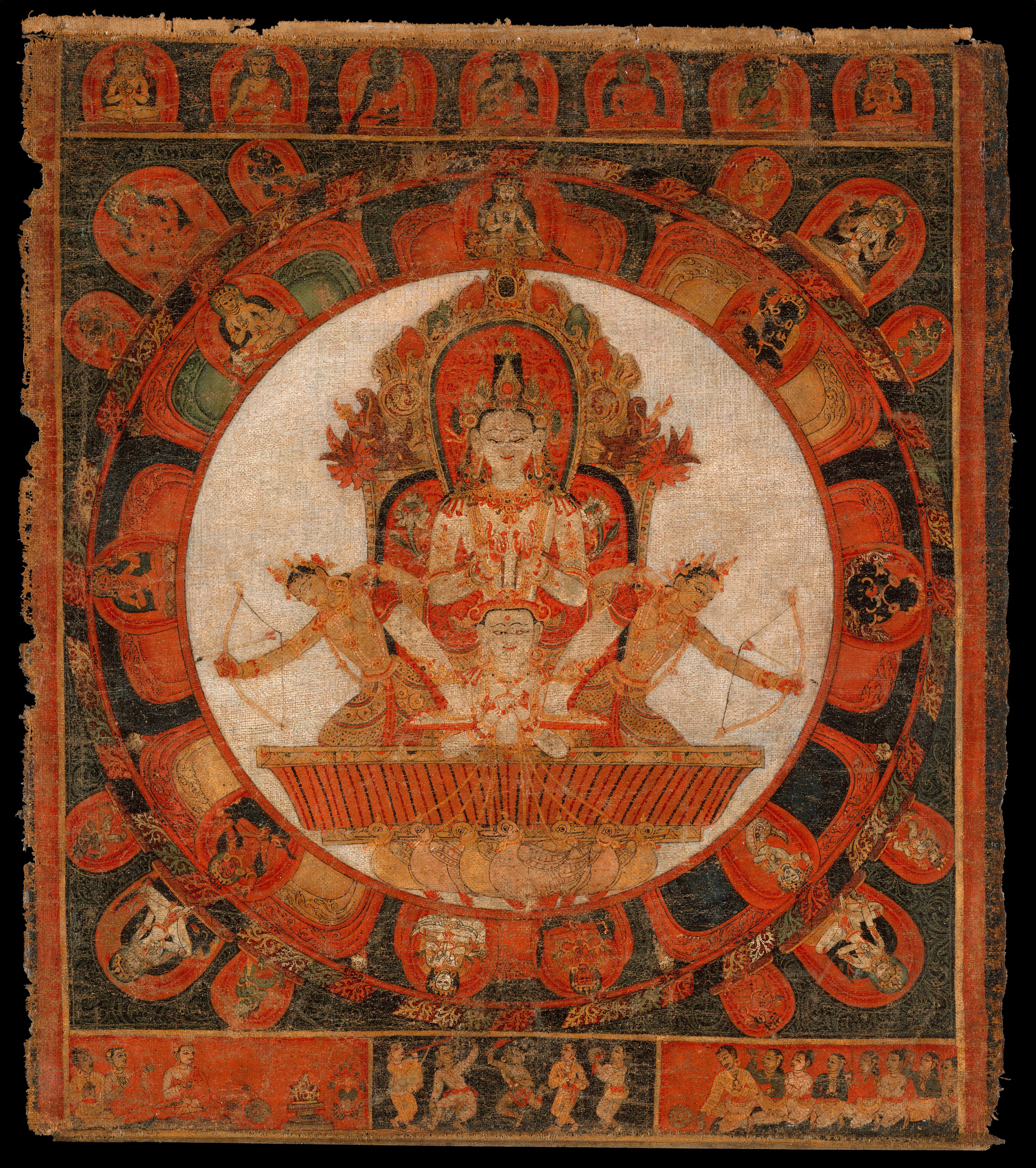
Nanna: The Sumerian god of the moon, who later became identified with the Semitic god Sin. It is possible that Nanna was associated only with the full moon, and Sin was associated with the crescent moon. He was believed to bestow fertility upon cattle and govern the ebb and flow of waters.
Tsukuyomi-no-Mikoto: In Shinto and Japanese mythology, Tsukuyomi is the god of the moon. He was among the “three noble children,” and the sibling of the sun goddess and the storm god.
The Feminine Moon: Moon Goddesses
Changi: The lunar goddess Changi has been worshiped in the traditional Chinese pantheon since ancient times. She gave birth to twelve moons, while one of her husband’s other wives Xihe gave birth to ten suns. Together, these two goddesses are representations of both yin and yang, as well as the Chinese solar and lunar calendars.
Chang’e: Often confused with Changxi, Chang’e is the Chinese goddess of the moon who is primarily celebrated on the Mid-Autumn Moon Festival.
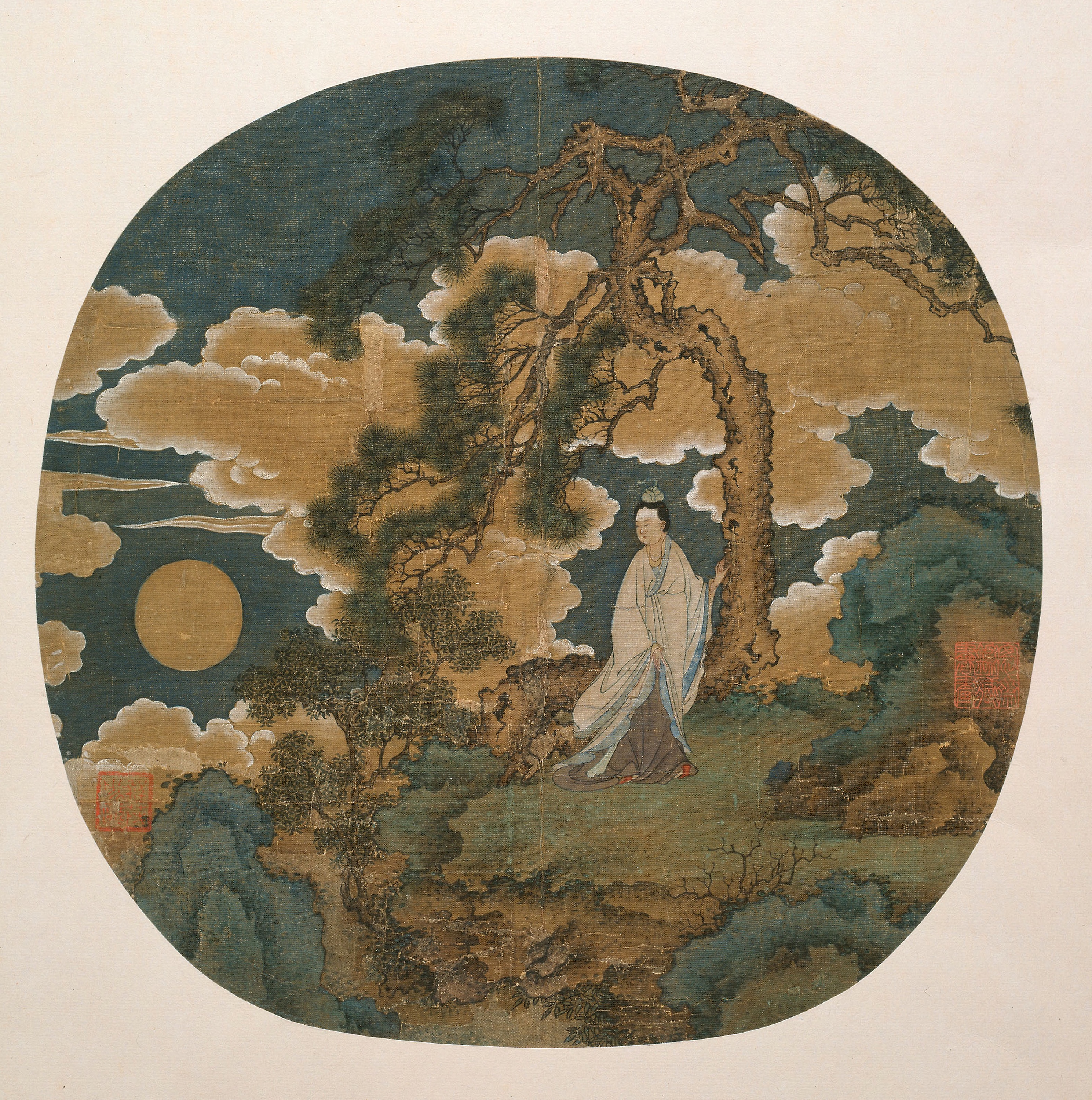
Coyolxāuhqui: The Aztec goddess of the Moon and the Milky Way, Coyolxāuhqui was said to have been beheaded by her brother Huitzilopochtli, the god of war. According to some legends, her head was thrown into the sky where it became the moon.
Mama Killa: Literally translating to “Mother Moon,” Mama Killa (also spelled Mama Quilla) is the goddess of the moon in Inca mythology. She was said to be incredibly beautiful, and was considered a defender of woman as well as the goddess of marriage and the menstrual cycle.
Maya Moon Goddess: Not much is known about this goddess, except that the Mayas generally assumed the moon to be female in nature. This goddess was viewed as quite powerful, ruling over fertility, procreation, growth, and disease. She was also associated with water, and the phases of the moon linked with the stages of a woman’s life.
Selene / Luna: In Greek mythology, Selene was both a lunar goddess and the personification of the moon itself. She was the sister of Helios (the sun god) and Eos (the goddess of the dawn), and was said to drive a moon chariot powered by two white horses (sometimes depicted as bulls or oxen) across the night sky. Her Roman equivalent is Luna.
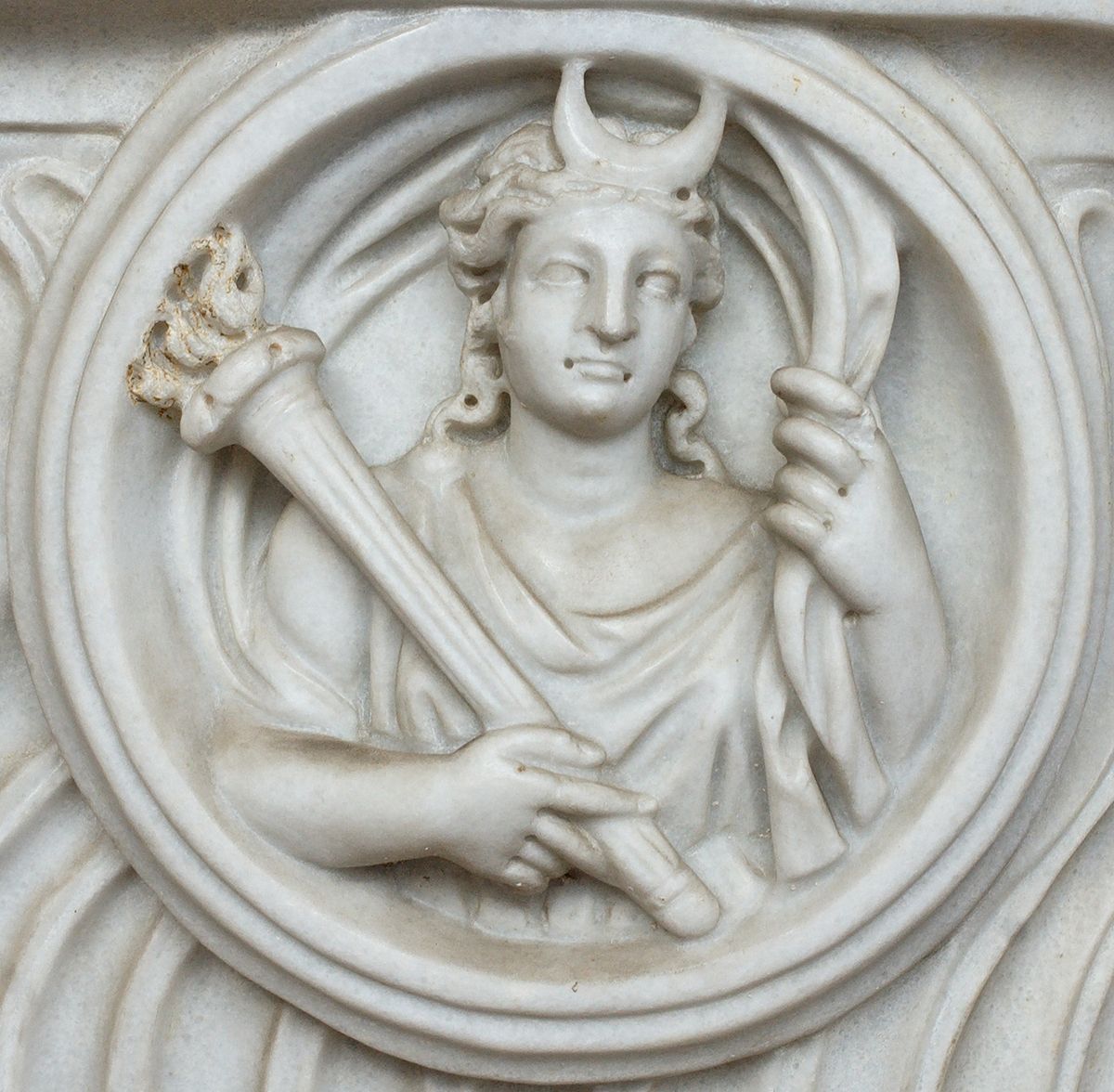
Artemis / Diana: The Roman goddess Diana was often considered to be a triple goddess, alongside Luna and Hecate. Thus, she was worshipped in the forms of Diana as the huntress, Diana as the moon, and Diana of the underworld. Her Greek equivalent is Artemis, goddess of the hunt, wild animals, the moon, and childbirth. Artume was an Etruscan goddess who was later conflated with Artemis.
Mano: In Sami mythology, Mano (or Manna) is the personification of the moon as a female goddess. She was worshipped around the new moon and at the Winter Solstice, which was a time for silence and rest.
Triple Goddess: In the Wiccan religion, the Triple Goddess is viewed as a triunity of three aspects: the Maiden, the Mother, and the Crone, each symbolizing a unique stage in the female life cycle and a phase of the moon (waxing, full, and waning moons as the modern interpretation).
…So, is the moon feminine or masculine?
There are multiple correct answers to this question, none definitive or all-encompassing:
Is the moon masculine? Yes, without a doubt—you need only to read the Norse, Egyptian, Hindu, or Sumerian mythologies to know that this is true.
Is the moon feminine? Yes, this is undeniable—the ancient Roman, Greek, Chinese, and Inca mythologies will tell you everything you need to know.
In other words, it depends on who you ask…and more importantly, it depends on what you believe. Just as it is perfectly okay to believe in any pagan deities, it is also perfectly okay to believe in a masculine moon god or feminine moon goddess…or neither!

Here is something else to consider: many ancient teachings discuss the concept of dualism; consider the Principle of Gender in Greek Hermeticism, which states that gender is manifested in everything, and that masculine (assertive, explorative, expressive) and feminine (receptive, imaginative, protective) forces are present in everything and everyone.
Or consider the Chinese philosophy of yin and yang, which describes how seemingly opposite forces are actually quite complementary and interdependent in the natural world. Yin is passive, dark, hidden, and feminine in nature; yang is active, light, overt, and masculine in nature.
Do these depictions not align with what we know and can observe about the moon? In my own opinion, the moon possesses both masculine and feminine characteristics; it can be dark and concealed, or bright and full.
The moon’s feminine and masculine qualities may be more or less apparent depending on where you live. As someone in a hot climate, nighttime (and therefore the moon) feels gentle and soft in comparison to the heat of daytime, with a sun that scorches the earth and causes plants to wilt. It’s easy to imagine how someone living in a cold climate might feel quite differently!
Whether you choose to honor a moon god, a moon goddess, or simply the moon itself as an aspect of nature, may you always find peace in the moon’s light ☾
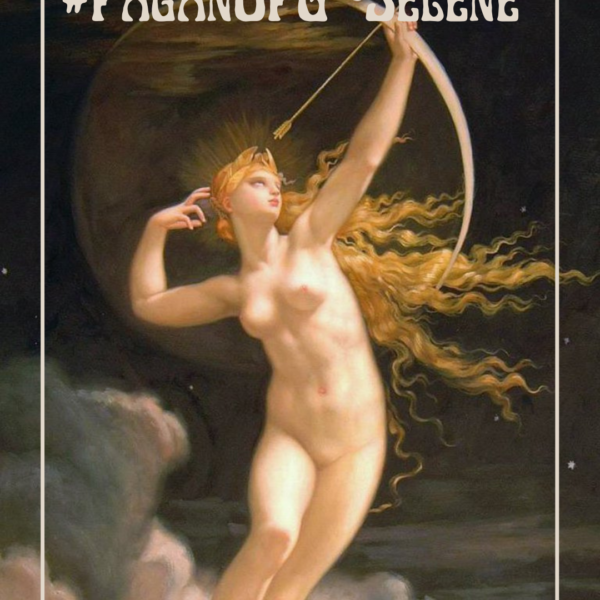
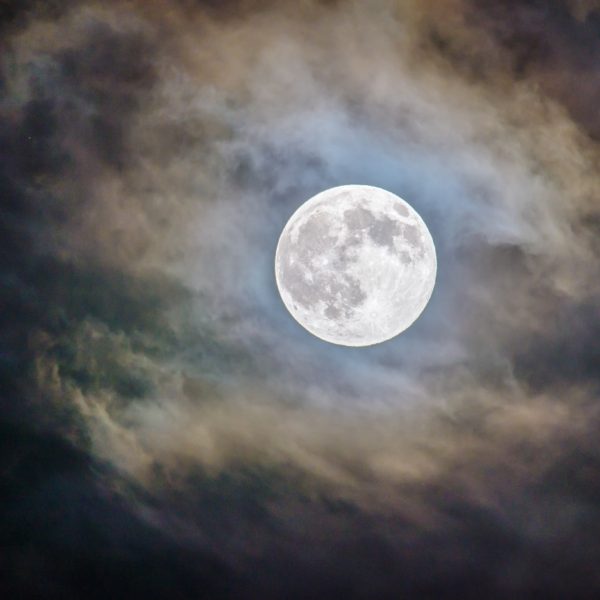
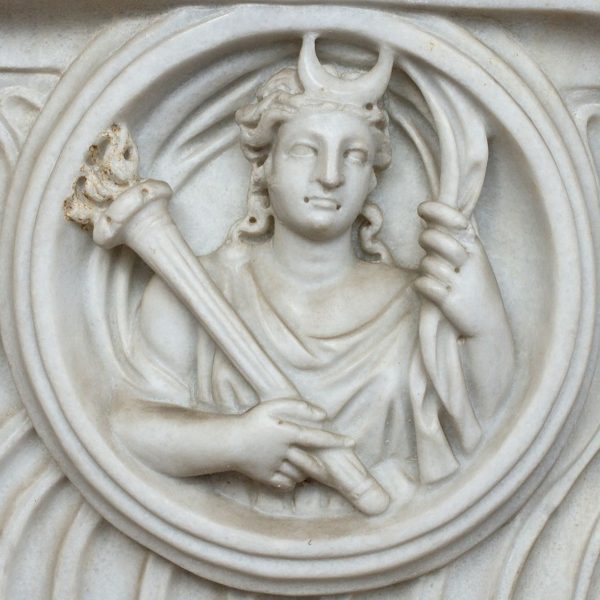













Leave a Reply